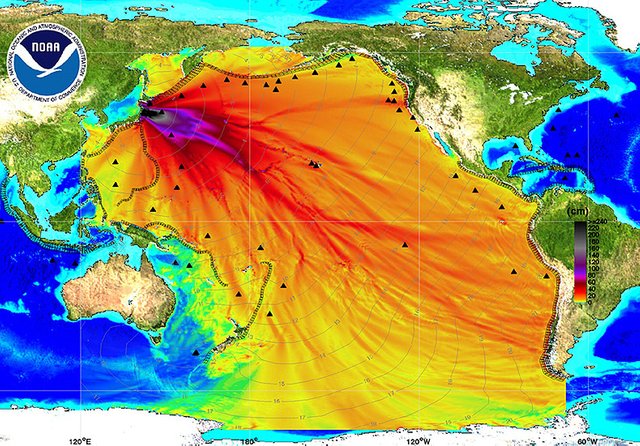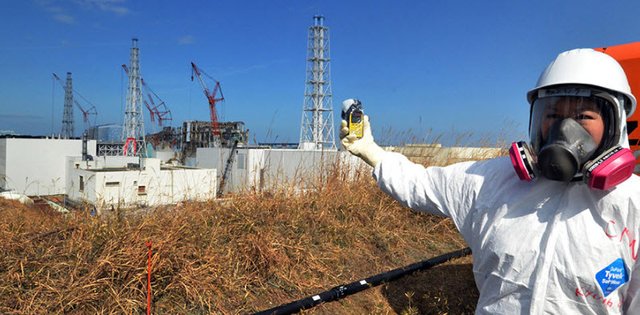!! Fukushima Cleanup Plans Delayed by Elevated Radiation !!
Radiation at the Fukushima Daiichi plant continues to present hurdles to the scheduled cleanup of the site.

The plan to decommission some fuel from one of the three damaged reactors at the plant will be delayed, due to increased radiation.
Tens of thousands of fuel rods were expected to be removed before starting work on the melted fuel lower in the Unit 3 reactor. The job was expected to start in March 2018 – but the work will be delayed further into 2018, due to dangerously elevated readings.
The radiation within reactor No. 2 is also high enough that the robot camera probe being used to investigate the site – called the “scorpion” – may have to be shut down, according to Sky News.
Caution and workers’ safety is paramount, said the Tokyo Electric Power Co., the site’s operator, in a conference last Thursday.
“The delay is because we need time to thoroughly shield radiation to avoid exposure and other risks at the site,” said Naohiro Masuda, head of the company’s decommissions unit.
The company says in its report that it’s working diligently to complete the work at the still-leaking site.
“With regard to reactor decommissioning and waste processing technologies, the monitoring/assessment/improvement of performance has been promoted by signing agreements with overseas companies and agencies,” the company stated in its latest report. “On the other hand, the improvement is required in regards to ‘establishing standards for operation, maintenance, etc. that are as high as those for nuclear power stations in operation.”
The radioactive material continues to be released and spread out in the world’s waters. A report by an American researcher last March contended that the site is still leaking cesium and strontium out into the world’s waters.
The first wave of cesium arrived on the West Coast of British Columbia in February 2015. The largest concentrations in the open ocean were detected about 1,500 miles north of Hawaii, last year’s report contended.
Small radioactive leaks continue – and could be exacerbated by typhoons and other severe weather, said Ken Buesseler, a radiochemist at the Woods Hole Oceanographic Institution, who authored the report.
The utility said fixes would take another four years.
"We will bring an end to the problem by 2020," says Yuichi Okamura, who led the Tokyo Electric Power Co. team dealing with water at Fukushima.

Officials placed the initial death toll of the earthquake, tsunami and nuclear disaster at 18,000. But thousands are more expected to develop cancer in the coming years. About half of the 100,000 people who were evacuated in the wake of the meltdowns have still not returned, and have relocated elsewhere.
Fukushima is not the only radioactive disaster site which continues to be a hazard. The Chernobyl site in the Ukraine, which had its catastrophic meltdown in April 1986, is still undergoing a capping project to ensure a collapse of the nuclear core won’t usher out a release of radioactive dust.
...Thanks for watching...